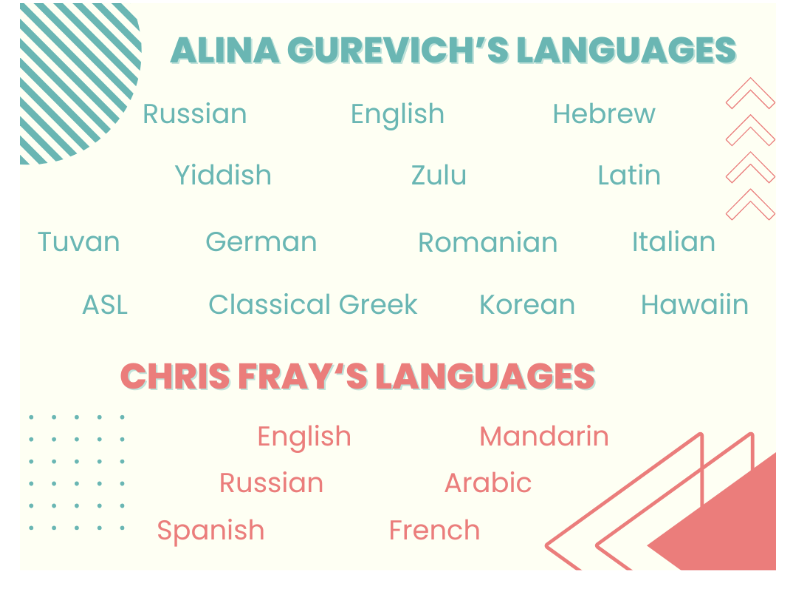By Claire Dinshaw ’17 and Isabella Ullmann ’17
Sophomore year, Brooke Wrubel walked into English 2 Honors as former Staples English teacher Sue O’Hara was handing out the next assigned reading, “The House at Sugar Beach.”
“There was a rape [scene] in it,” Brooke Wrubel ’17 said. “And [Ms. O’Hara] was like, ‘just to give you guys a heads up there is a rape.’”
This short disclosure, designed to alert a reader or viewer of potentially upsetting material, is an example of a trigger warning, a concept which has recently been thrust into the spotlight following a letter from the University of Chicago which criticized their use as against its “commitment to academic freedom.”
Although most of the controversy surrounding trigger warnings lies at the collegiate level, they may have some applicability at the high school level, according to English teacher Heather Colette-Houde.
“There are topics maybe, I would say, definitely in an English class if you are dealing with rape, if you are dealing with abuse, I think that there would be a space [for trigger warnings],” Colette-Houde said.
Staples, in fact, has no official policy when it comes to trigger warnings in classrooms; however, according to Principal James D’Amico, despite not having a formal trigger warning policy, Staples, as a public high school, has the obligation to alert students to controversial topics.
“We have, in the past, had challenges to course materials that some students or parents felt were not appropriate for high school,” he said. “But even in those cases, the teachers offered alternative reading assignments with no penalty.” With that, it is up to teachers to decide whether or not they feel a trigger warning is necessary.
“Teachers [at Staples] don’t really give trigger warnings anymore,” Lindsey Felner ’17 said. “The only time I can think of them was in middle school before we read stuff with the ‘n’ word in it, but not really anymore.”
Caroline Cohen ’15, a sophomore at the University of Michigan, a university that supports the use of trigger warnings, feels these warnings can be beneficial.
“At Michigan there is such a variety of classes and some are so detailed and interesting, for example, seminars on psychology of sex or the Holocaust: two topics that can stir up uncomfortable emotions,” Cohen said. “It is important for students to know that at any point they are free to take a step out and take a breather from whatever a harsh topic may be.”
However, Jane Handa ’17, who agreed overall with the use of trigger warnings, did mention that, if taken to a certain extreme, they can have negative effects.
“They shouldn’t limit your learning,” Handa said. “But if it is something that is super sensitive that you know is really traumatic to someone then say like, ‘oh, hey this book talks about something that you might not be comfortable with.”
Handa said trigger warnings could be applied especially in her gender class since the class frequently talks about topics such as rape and sexual assault.
According to Colette-Houde, trigger warnings are ultimately about respect.
“[They are about] respect for your students beyond the fact that they are students who are learning material,” Colette-Houde said. “That we do not learn in a vacuum. That we are dealing with human beings. That each person comes with an experience and we have to honor that experience.”











































